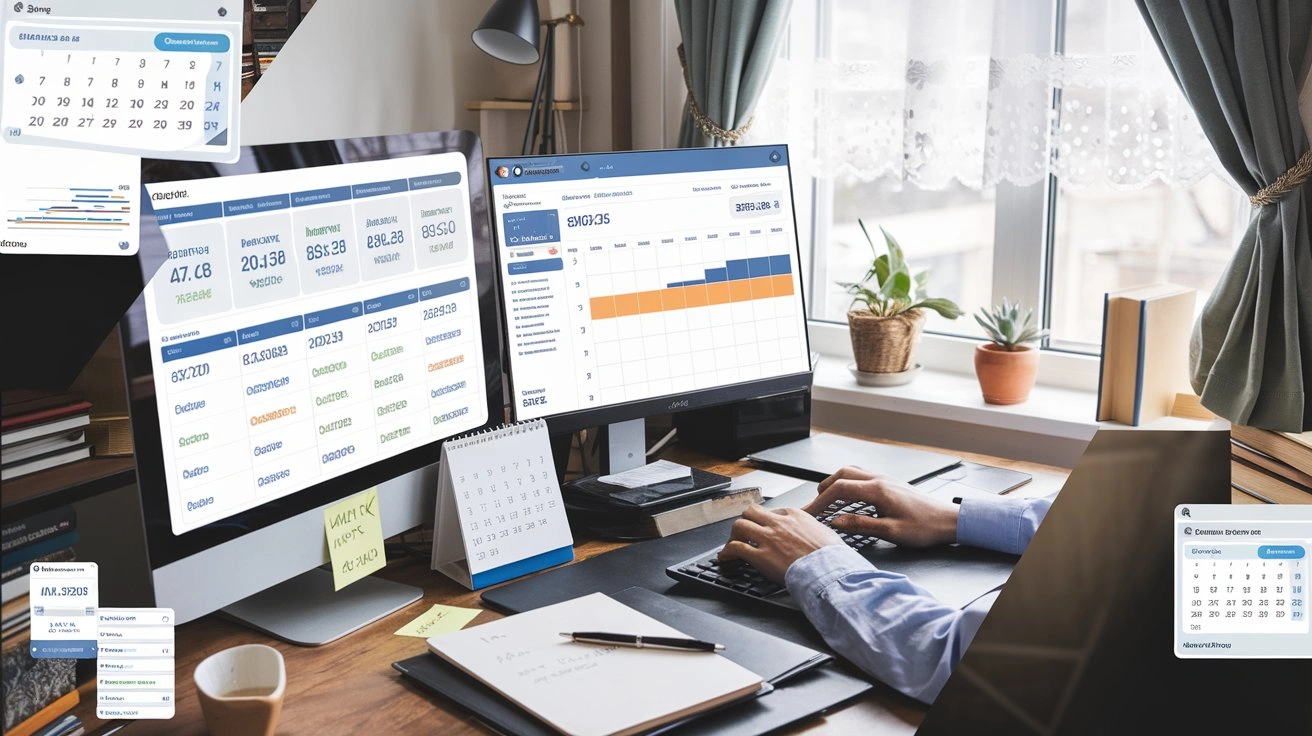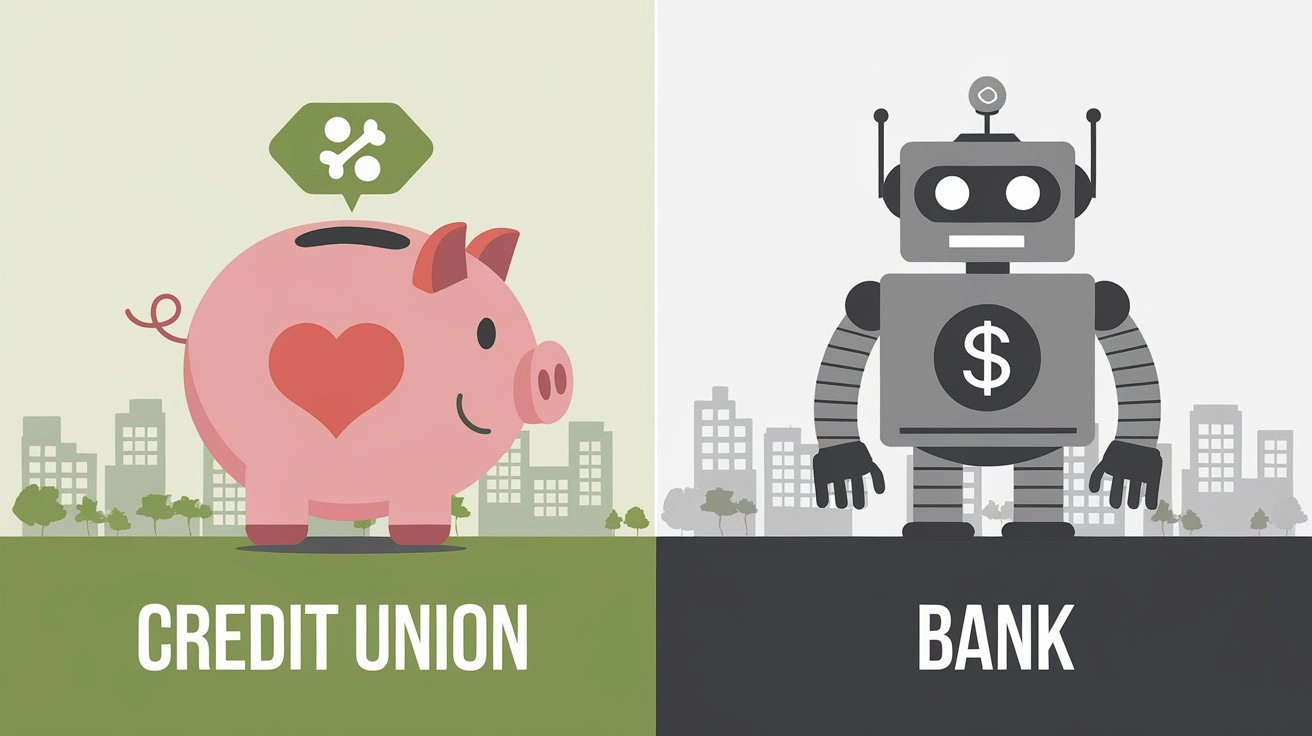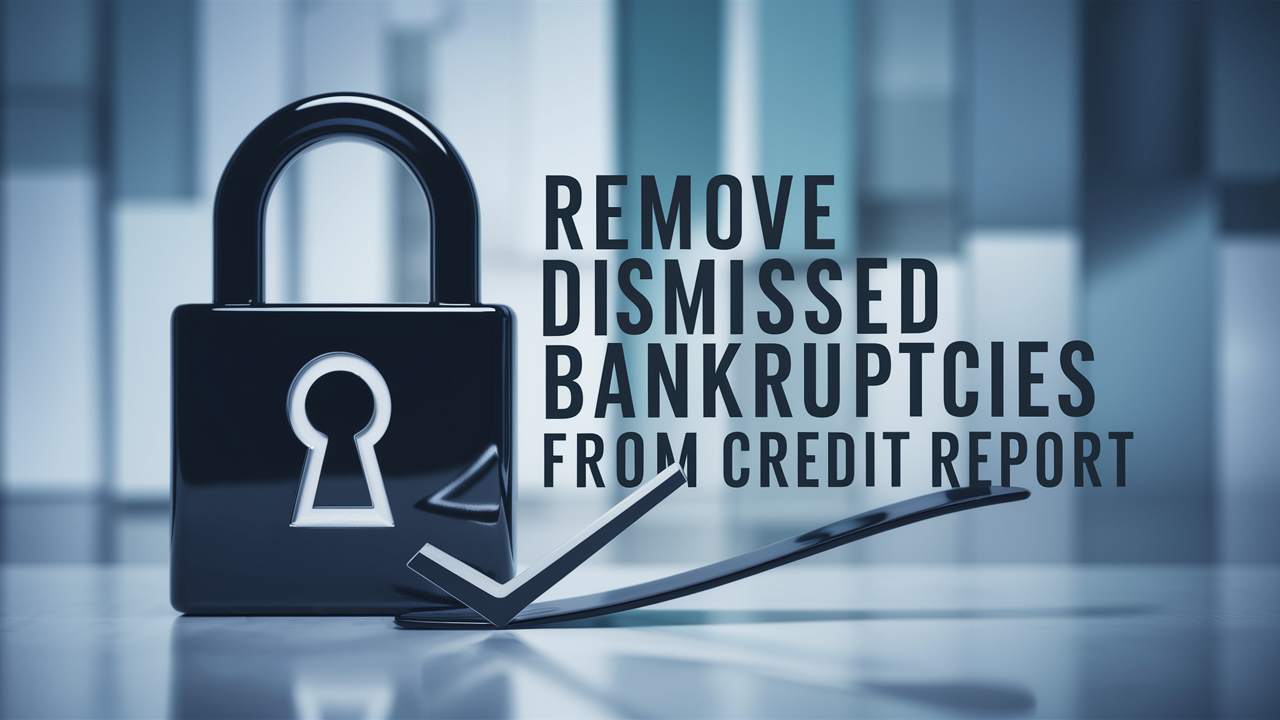How Do I Get Charge Offs Off My Credit Report?
Depending on the amount charge-offs may have an extensive impact on your credit report. Charge-off means you were unable to meet the repayment schedule duly signed at the time of borrowing and the account is now closed. It then becomes an unpaid debt, and the best thing is to sell it to a collection agency. Again, even after the original creditor has written off the account and then closed it, the charge-off shows up in your credit report for 7 years starting from when you made the first payment.
Of course, it is also possible to remove charge-offs before the 7-year mark is up and out of your credit reports. Thus, with a little bit of effort, it is possible to fix one’s credit scores and be able to attain better rates and terms when it comes to loans. This article covers guidelines and steps that should be taken when trying to exclude the charge-offs from the credit report.
The First Option is to deal directly with the collection agency.
In this process, the most convenient method that can help in the elimination of a charge-off is directly contacting the collection agency to arrive at a pay-for-delete agreement. This involves repaying the amounts owed with an agreement that made the negative entry cross off the credit report. Most of the time, the collection agency is more than willing to delete the charge because they have long since made their money by selling the bad debt.
The first demand while negotiating should be the agency should send you a validation notice which will have the amount and other pertinent information. It is wise not to pay off a debt without verifying the paperwork that verifies that you owe the amount. After the charge-off has been verified, the next procedure is to send a pay-for-delete letter, which is a legal request that you formally request the agency to delete the charge-off after you have paid it in full. In particular, it is necessary to get any pay-for-delete offer in writing before sending money.
Challenge the Charge Off Lawsuit
If the original creditor does not remember the incurred debt or the collection agency will not accept to delete the record in exchange for payment, then the next step is disputing the charge. This is done by sending dispute letters to all three credit bureaus namely Equifax, Experian, and TransUnion, and challenging the authenticity of the negative mark. In as much as the credit bureaus are required by law to provide credit reports to consumers and credit grantors, there is a provision that allows the consumer to dispute entries listed on the report and the credit bureaus must investigate the same within 30 days.
There are three main grounds on which you can dispute a charge:
- You are not aware that you owe the money and the collection agency has not given any information that the money is owed by you.
- The law has run out on this debt, meaning the creditor or the agency cannot sue you for it.
- One of the reports contained an error, the mistake could have been in the date or the figure.
For higher chances, attach documents such as bank statements for at least one of the accounts or your last statement which shows a zero balance. If the credit bureau completes its investigation and finds out that the dispute was made in bad faith, however, the negative item will persist.
Attempt Goodwill Removal Letters
If your credit relationship with the original creditor is good then you may request that the original creditor remove the charge as ‘’goodwill’’ Most creditors have a template for a remove request letter for such cases. When building credit back up after a charge-off, highlight that the financial crunch was a one-off event and you have good cash flow now.
Even though, creditors do not have to offer extensions on credit; they will do so in some cases for customer satisfaction’s sake. Avoid being sarcastic or impudent; express your gratitude for being charged off while accepting the fact that it was your duty to do so. In the case of the goodwill letter, it should be signed by a bank officer or manager to add authenticity. This method is most effective immediately following the charge-off of the debt.
Negotiate Early Exclusion Policies
Some of the largest creditors such as credit card companies have early exclusion programs that allow customers to have those negative items and marks like charge-offs removed early on. For instance, if the account has been charged off, a consumer can get it deleted from credit reports after 12 or 24 on-time payments.
The first exclusion requests have terms that allow you to either pay the amount owed or sustain a positive payment history. In this regard, one should closely examine credit agreements and cardmember terms in search of information on early exclusion provisions. Otherwise, one has to dial the number of the creditor’s customer care service to know if such options exist.
Endure Difficult 7-Year Cycle
There is however no way in which you can get a charge off early removed and the only hope is waiting for it to fall off on its own once the 7-year reporting period has lapsed. This period begins counting from the moments when the account first became more delinquent and lasts 180 days. It also helps to set calendar alerts to ensure that you never forget the time a certain negative item is dropped from the report.
However, you can recover from this situation by making sure that you pay all your bills on time and that you keep the credit balances as low as possible in the future. The scores will also be recovered after some time with the construction of a good track record. But the ability to remain calm and relaxed is of the essence.
Returning charge-offs on credit reports can be a time-consuming venture, but it is worth the effort to rebuild credit. A clean report enables one to access the best loans at fairly charged interest and fees which help save a lot of cash in the long run.
Ready to boost your credit score? Call +1 888-804-0104 now for the best credit repair services near you! Our expert team is here to help you achieve financial freedom and improve your credit. Don't wait—get started today!



